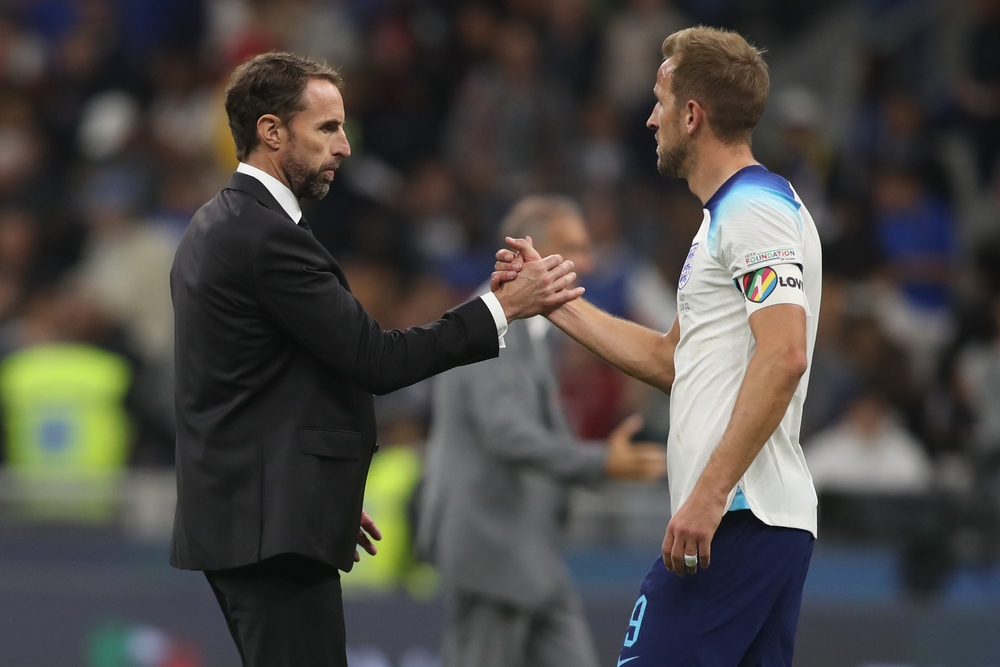Much is written about these days (and not a moment too soon!) about empathy and compassion, and their place in the skills and abilities of a modern leader. What is not talked about as often is the need – and ability – to step in and out of an empathic stance, and know when to “stay with”, and when to “step out” and help, direct, or give advice. And yes, this applies not just to leaders, but to coaches as well.
The reason I consider this ability an advanced coaching skill is that it takes a very confident and practised coach to go beyond the old adage of “the coach never gives advice”. The ability to skilfully and confidently judge when a different insight, perspective, experience (and yes, even advice) might be useful to the client, is indeed an advanced coaching skill. And – like the others – it is possible to learn, without contravening the fundamental coaching approach of not directing but guiding.
What might it require of a coach to have this ability? Firstly, and perhaps most importantly, it requires giving up the rigidly held belief that the role of the coach is purely to mirror the client’s own musings, without ever stepping in into the breach. If this was all that a coach did, we could confidently predict that soon – if not now – there could be an artificial intelligence programme, or a mobile phone app, that could do the same, and more cost effectively than a human coach. What an app couldn’t do, however, is enter into a real empathic relationship with another human being, which means that it would have to temporarily suspend its “programme” of coaching, and truly look at life from another person’s perspective.
If, however, all that a coach did was to stay in that empathic relationship, it would make for a very pleasant – and possibly temporarily very effective – friendly chat, but it would not constitute a full coaching relationship. In order to be truly effective as coaches, we also need to know when to step out of empathy: when to offer a different point of view, a challenge, an intervention that will temporarily break the spell that the client is under. And that might require the courage on our part to temporarily step out of an empathic stance, and take a stand for something we believe to be true, that the client is not seeing yet.
What it also requires, and this is the second element of this advanced skill, is the willingness on our part to hold our insights or perspectives lightly; to not become defensive if the client does not adopt them or even see their value. The role of an intervention like this is not to convince the other that they are wrong and we are right, it is to help us both step into a space where we are willing to explore something new, a possibility hitherto unseen by either of us.
It becomes easier to see new possibilities if we have first learnt to trust the person offering them, which is why empathy is the first step. And by role-modelling the approach of holding one’s insights lightly, the coach can also help the client gain a valuable and transferable skill of doing the same for themselves.





